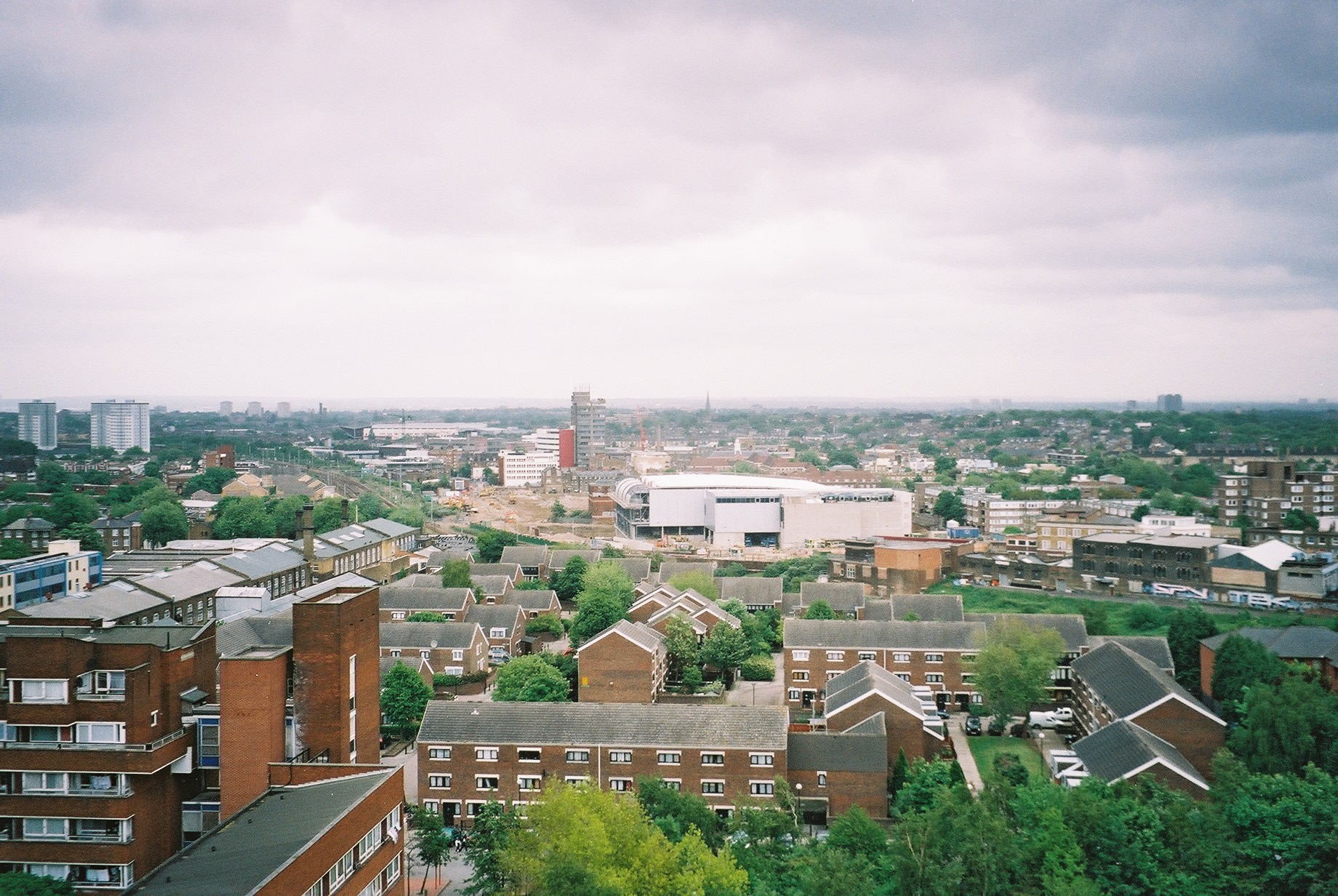
Theresa May has shaken the magic money tree again. Another £10bn will be lobbed at the ‘Help to Buy’ scheme which helps only the small layer of people who need just a little extra help to afford property. It stands to worsen astronomical house prices, and isn’t contributing to building. (Throwing money into the market and hoping something happens is not the same as building homes.)
The subsidy vastly outmatches the additional £2bn she has committed to the affordable housing budget – which at current house prices might just by a garage in Barking.
Such largesse is an attempt to counter Labour’s general election announcements: a million new homes, new rights for renters and controls on rent rises. Instead they’ve made the difference between the parties even more obvious.
There’s a common thread to policy here. The 2015 extension of Right to Buy to housing associations was another subsidy aimed at the small group well-off enough to buy property but living in housing association property. ‘Affordable starter homes’ were affordable in just 2% of local authority areas.
These wheezes are an attempt to bottle the ghost of Margaret Thatcher’s greatest success: popularising the right to buy one’s council home at a reduced rate. That policy led to the destruction of our social housing and hundreds of thousands on waiting lists today. But it had mass public support and engagement in a way that none of Cameron’s or May’s ideas have had.
Council housing was cheaper then. And there were revolutionary architectural projects in many places which provided cradle-to-grave projects that people could make a real home in. But even before Thatcher, it was no golden age. Plenty of council housing was damp, dangerous and restrictive. Badly built properties, often via questionable contracts, stored up electrical faults, mould and vermin. Bureaucracy prevented people from making little adjustments to create more homely living spaces. Unsurprisingly, people welcomed a scheme that offered independence and capital to those who possessed neither.
Of course it didn’t help. Decades on, homeownership has actually fallen, rents and prices have soared, and three in ten grow up in squalid housing. ‘Regeneration’ schemes threaten communities that try desperately to hang on to their way of life, like nails in walls, while the overseas speculators and their luxury flats move in.
People are prepared to be radical about solutions. In one study, only 7% of the population opposed rent control. In a London marked by overcrowding, short-term lets and dodgy landlords, Jeremy Corbyn’s pledges on housing helped propel Labour to an almost unbreakable grip on the capital.
But for as long as the Conservatives continue to dangle the prospect of homeownership, however limited, in front of people, we need to challenge them on independence as well as provision. Getting the homes we need, and making them safe, decent and affordable is the first part. Creating spaces that people want to live in, and can take ownership of, is the end goal.
Corbyn’s conference speech this year has made bold steps forward on this front. His call for lifetime social tenancies would end the insecurity that makes people unable to put down real roots. His call to ballot local people on the so-called ‘regeneration’ schemes affecting them hands real control to residents, and is a slap in the face not just to developers avoiding their responsibility to build affordable homes, but to those Labour councils that have aggressively pursued unpopular regeneration plans.
There is scope to flesh out these ideas in more detail. Labour MP and architecture academic Emma Dent Coad stressed the importance of resident involvement in planning: “you can’t just design something on paper and hand it over.” The seat she recently won holds Grenfell Tower – a bleak, horrific monument to what happens when resident complaints are ignored and ridden roughshod over. That disaster, as Corbyn’s conference speech touched on, strengthens the case for a transfer of power and influence to tenants and residents.
Restoring green spaces, communal and play spaces around housing sites, and investing in smarter, greener homes would also expand opportunities and potential. Supporting alternative ownership models such as community land trusts has worked well for some councils. A vision of ownership that dwells on creating homes and communities run by their residents will trump one based on replacing rent payments with mortgage repayments.
Right to Buy – subsidised purchase of a council home – is in essence a benefit, as is Help to Buy. Conservatives are happy with benefits on this occasion, because the proceeds turn public funds into private capital while providing an opportunity to ideologically reshape housing. And provided that lost council homes are replaced from the Right to Buy receipts, and councils are allowed to borrow against their receipts, there is no bad thing about such a transactional benefit. But it is not a priority in the middle of a housing crisis, and talking about slightly cheaper mortgage deposits when plenty of young people are struggling to afford a rental deposit is failing to look reality in the face.
The Conservatives have displayed an inability to break with developers’ lobbyists, defences of predator landlordism, and now breathtakingly narrow horizons on housing policy. They can be beaten with a radical plan for putting real power over homes and communities in the hands of people who inhabit them.